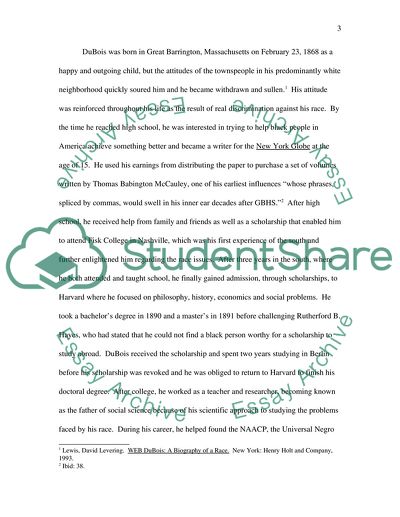Cite this document
(WEB Dubois Exhibits Higher Calling Assignment Example | Topics and Well Written Essays - 3750 words, n.d.)
WEB Dubois Exhibits Higher Calling Assignment Example | Topics and Well Written Essays - 3750 words. Retrieved from https://studentshare.org/literature/1706895-discuss-the-work-and-the-ideology-of-one-of-the-theorists-below
WEB Dubois Exhibits Higher Calling Assignment Example | Topics and Well Written Essays - 3750 words. Retrieved from https://studentshare.org/literature/1706895-discuss-the-work-and-the-ideology-of-one-of-the-theorists-below
(WEB Dubois Exhibits Higher Calling Assignment Example | Topics and Well Written Essays - 3750 Words)
WEB Dubois Exhibits Higher Calling Assignment Example | Topics and Well Written Essays - 3750 Words. https://studentshare.org/literature/1706895-discuss-the-work-and-the-ideology-of-one-of-the-theorists-below.
WEB Dubois Exhibits Higher Calling Assignment Example | Topics and Well Written Essays - 3750 Words. https://studentshare.org/literature/1706895-discuss-the-work-and-the-ideology-of-one-of-the-theorists-below.
“WEB Dubois Exhibits Higher Calling Assignment Example | Topics and Well Written Essays - 3750 Words”, n.d. https://studentshare.org/literature/1706895-discuss-the-work-and-the-ideology-of-one-of-the-theorists-below.


